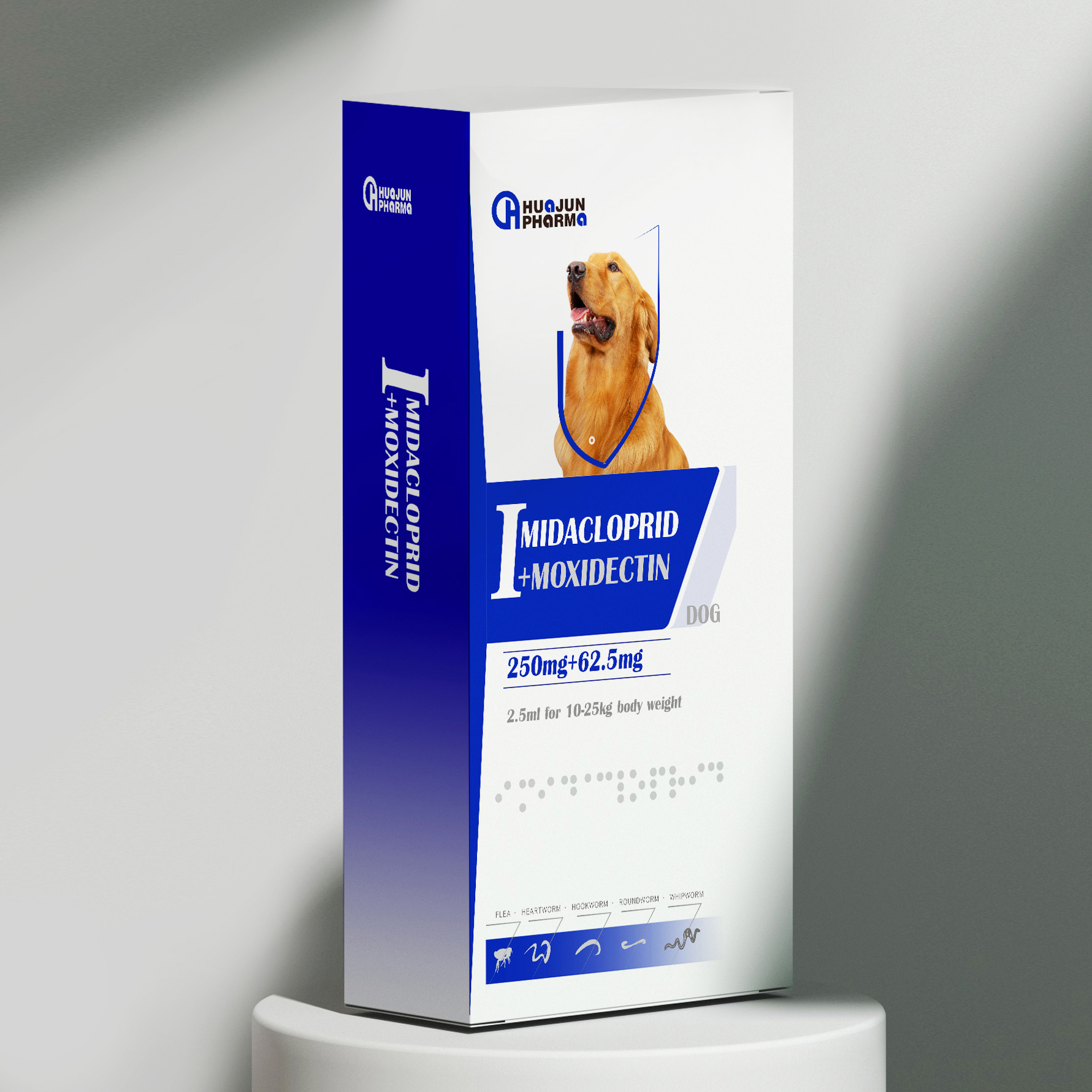
ஆக . 22, 2024 03:43 Back to list
Ivermectin Use in Cattle Farms and Its Impact on Livestock Health and Productivity
Ivermectin in the Cattle Industry A Comprehensive Overview
Ivermectin is a broad-spectrum antiparasitic agent widely used in veterinary medicine, particularly in the cattle industry. Since its discovery in the late 1970s, ivermectin has transformed livestock management, significantly improving the health and productivity of cattle. Produced in factories using advanced biotechnological processes, this drug has become an indispensable tool for farmers and veterinarians alike.
Understanding Ivermectin
Ivermectin works by targeting a variety of internal and external parasites that commonly afflict cattle, including roundworms, lice, and mites. Its mechanism of action involves binding to specific channels in the nerve and muscle cells of parasites, leading to paralysis and death. By effectively controlling infestations, ivermectin helps mitigate the economic losses that farmers face due to parasitic infections.
The Role of Factories in Production
The production of ivermectin involves sophisticated manufacturing processes in specialized factories. These facilities must adhere to strict regulatory standards to ensure the safety, efficacy, and quality of the drug. The process typically starts with fermentation, where specialized strains of bacteria are cultivated to produce avermectins, the precursors to ivermectin. After extraction, these compounds undergo a series of chemical modifications and purification steps to yield the final product.
Quality control is paramount in the production of ivermectin. Factories are required to conduct a variety of tests to ensure that each batch meets the required specifications. This includes assessing the potency, purity, and stability of the drug. Failure to comply with these standards can lead to serious implications, including ineffective treatments and potential harm to animal health.
Benefits to the Cattle Industry
ivermectin cows factories

The introduction of ivermectin has led to profound changes in cattle management. By reducing the prevalence of parasitic infections, ivermectin improves the overall health and growth rates of cattle, leading to better meat and milk production. Healthier animals are more productive, which in turn increases the profitability of cattle farming.
Farmers can also benefit from using ivermectin through enhanced animal welfare. By effectively controlling parasites, veterinarians can minimize the incidence of diseases that may cause suffering to the animals. This not only leads to healthier livestock but also promotes a more sustainable farming practice, ensuring that cattle can be raised with less reliance on more potent chemicals.
Challenges and Considerations
Despite its numerous benefits, the use of ivermectin is not without challenges. One of the major concerns is the development of resistance among parasites. Over-reliance on ivermectin can lead to a situation where parasites evolve to withstand the drug, making it less effective over time. To combat this issue, it is crucial for farmers to adopt integrated parasite management strategies, including rotating dewormers and implementing good husbandry practices.
Additionally, the impact of ivermectin on the environment must not be overlooked. Residues from ivermectin-treated animals can enter the ecosystem, potentially affecting non-target organisms. This has raised concerns about the long-term sustainability of its use in livestock production.
Conclusion
Ivermectin remains a cornerstone in cattle health management, particularly in factory farming settings. Its effectiveness in controlling parasites has revolutionized the cattle industry, leading to improved productivity and animal welfare. However, it is imperative to use this powerful drug responsibly to mitigate the risks of resistance and environmental impact. By adopting integrated management strategies, the cattle industry can continue to reap the benefits of ivermectin while ensuring sustainable practices for the future.
-
China Salivation AI with GPT-4 Turbo Features
NewsAug.01,2025
-
Epic Sepsis Factories: AI-Driven Detection with GPT-4 Turbo
NewsJul.31,2025
-
Acute Salpingitis and Oophoritis AI Factory
NewsJul.31,2025
-
Premium China Bacillus Subtilis Supplier & Factory Solutions
NewsJul.30,2025
-
Premium Avermectin Supplier in China | Custom Solutions Available
NewsJul.29,2025
-
China Bacillus Subtilis Supplier - Custom Factory Solutions
NewsJul.29,2025




